Your guide to home affordability in Singapore
![]()
If you’ve only got a minute:
- Establish a budget before embarking on your home-buying journey.
- Some key considerations include downpayment, monthly mortgage repayments and loan duration.
- Leverage resources like the DBS MyHome Planning tool for a smoother home-buying process.
![]()
Owning your first home should be joyous and exciting, but it can also get a little overwhelming. You’ll need to consider factors such as location, types of amenities and whether you’ll be residing there or renting it out. Next, you’ll need to consider your finances – what type of house can you buy with your income.
Take a closer look at home affordability in Singapore - made easy with DBS MyHome Planning Tools.
Watch this 5-minute video for tips from our Property Experts!
Know your numbers
House hunting without a predetermined budget is akin to setting out on a journey without a clear destination in mind You might end up wasting time and effort looking at homes that are not affordable to you.
To mitigate this, it is highly recommended to take the time to gather estimates and establish a realistic budget before delving too deep into your home search.
This process involves assessing your financials, taking into account factors like your income, current financial commitments and any other monetary obligations.
Having a well-defined budget allows you to navigate the home-buying process with confidence and select one that aligns with your financial capacity. Here are some key considerations:
2. Downpayment
This is the initial amount you pay upfront when purchasing a home. It's a percentage of the property's total price.
Following the 4th set of property cooling measures on 20 Aug 2024, the loan-to-value (LTV) limit for HDB loans had been lowered from 80% to 75%, reducing the maximum amount that home buyers can borrow from HDB.
You'll need a downpayment of 25% for both HDB and bank loans - at least 5% will have to be paid in cash.
3. Monthly repayments
Here are a few scenarios: 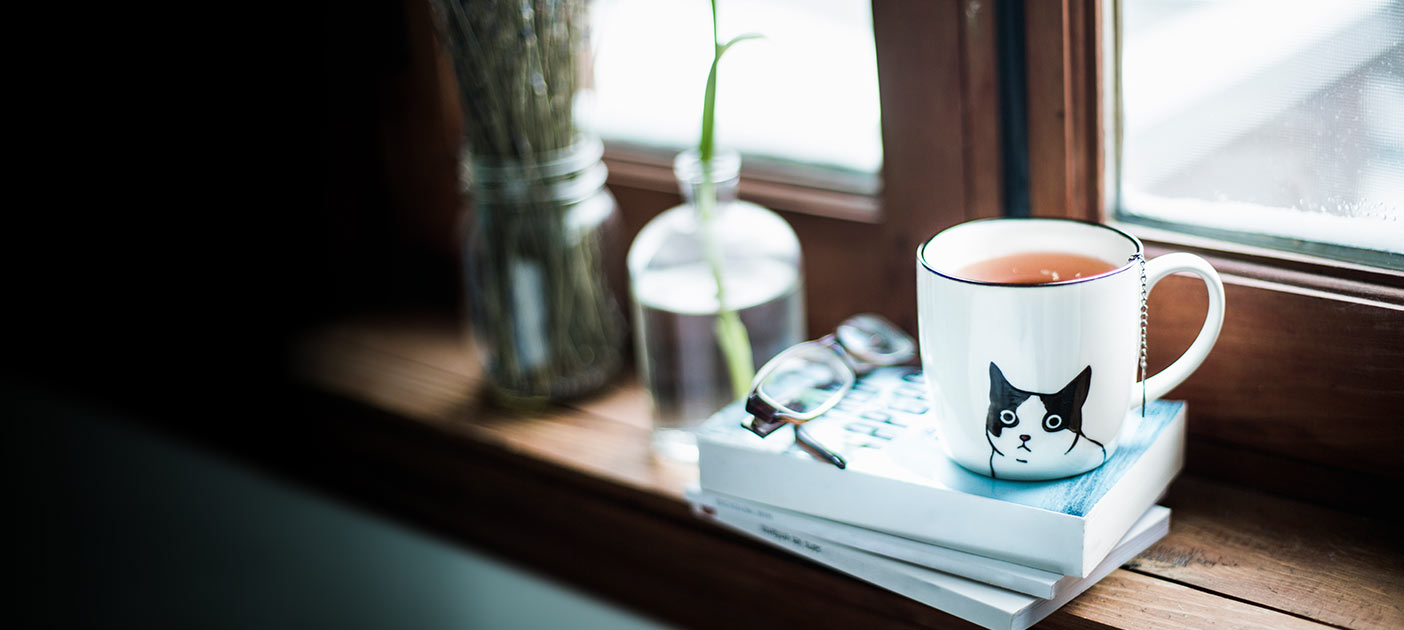
Scenario 1: You’re exploring your options and want to find out your maximum loan amount
Imagine falling for a house that ticks all the boxes, only to discover it's priced higher than what you planned.
While the desire to stretch your finances may be strong, it's crucial to stick within your financial limits since a mortgage loan is a long term financial commitment.
What you can do: Find out the maximum loan amount you're eligible for
This will be based on your gross monthly income and existing financial commitments (if any). Alternatively, get an In-Principal Approval (IPA) to find out the loan amount you're eligible for.
Knowing your budget ensures you don’t overspend and end up in a tight financial situation. You’ll be able to set realistic expectations and make informed decisions during your home search (selection of property type and/or neighbourhood).
This prevents you from getting emotionally attached to homes outside your budget, saving you from unnecessary heartbreaks.
You can also factor in your mortgage payments into your long-term financial plan. Doing so helps you allocate resources for other important life goals such as education, retirement, and emergencies.
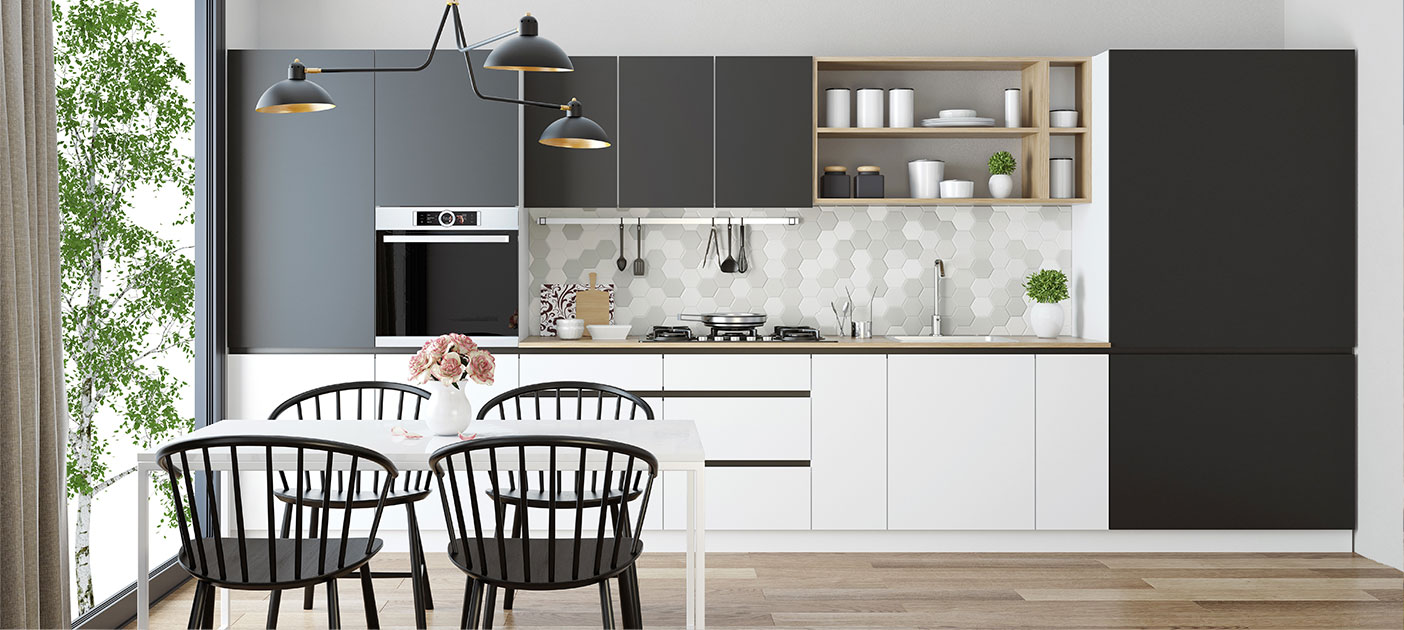
Scenario 2: You’re ready to allocate $X,000 every month for your home loan
To arrive at this amount, you’d have assessed your total monthly income (including business profits, other reliable sources of funds such as rental income and/or dividends from investments, if any), accounted for existing debts (car/education loans), included saving goals (retirement, parents’ retirement, wedding and/or any other major life goals) and set aside 3 to 6 months of emergency savings.
With this figure (monthly repayment amount) in mind, you will be able to work out your overall property budget with the DBS MyHome Planning tool.
If the resulting amount is lower than anticipated, you may want to review your finances and plans to align your property purchase with your financial capacity and make necessary adjustments.
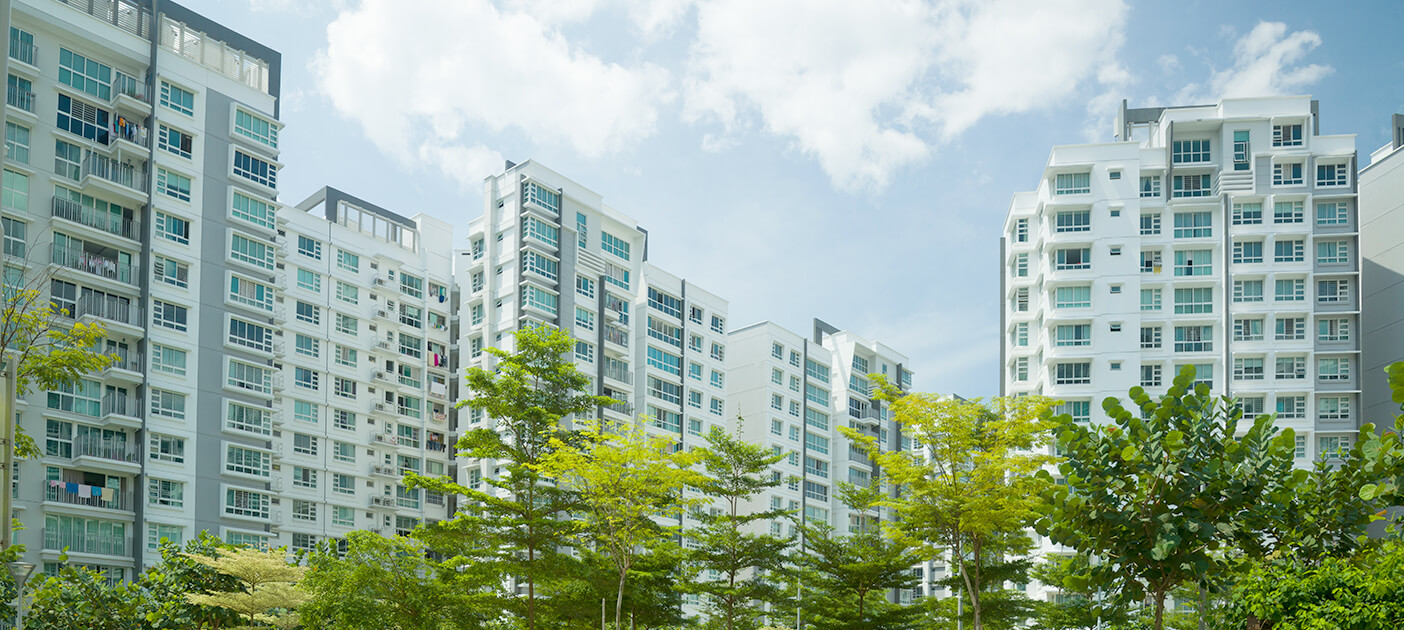
Scenario 3: You already have a property price budget
If you’ve been exploring, you might have a preference for a 4-room HDB resale flat. Alternatively, if you value amenities like a gym or swimming pool, an Executive Condominium (EC) or private Condominium might be a better fit.
Chances are, you have a general idea of their costs in your desired location.
What you need to do: Work out your monthly down payment
If the figure seems tight, you may want to go through your financial commitments and spending. Consider cutting back on non-essential purchases such as luxury items or explore additional income source by taking on a side job or freelancing, to supplement your budget.
Alternatively, look for properties that better align with your budget. This might involve compromising on certain features and property location.
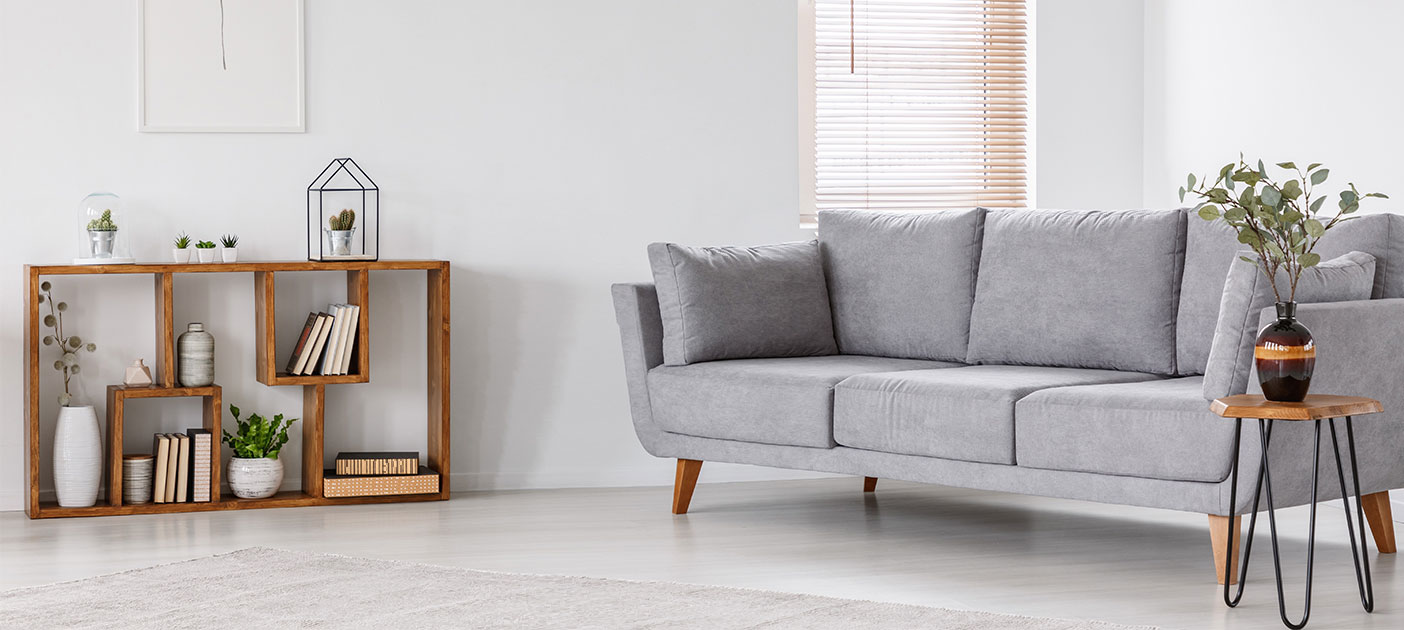
Scenario 4: You have a target down payment amount in mind
You’ve been diligently setting aside a portion of your salary with the goal of purchasing your first home and have set a specific target for your down payment, which you believe is reasonable based on your current financial situation.
With your savings in place, you’re prepared to take the next steps towards purchasing your dream home.
What you need to do: Find out how much “home” you can afford
The tool will help you check if you have enough cash and CPF to meet the government’s regulations on down payments for all property types (HDB, EC and private housing). It’s flexible enough to calculate this for a HDB loan or bank loan. From there, find out your maximum home loan and monthly instalment amounts.
Remember, buying your first home is a big step, but it doesn't have to be stressful. Make use of online resources like DBS MyHome planning tool to help you work out your sums. With the right knowledge and proper planning, it can be an exciting and fulfilling experience. Happy house hunting!
Start Planning Now
Check out DBS MyHome to work out the sums and find a home that meets your budget and preferences. The best part – it cuts out the guesswork.
Alternatively, prepare yourself with an In-Principle Approval (IPA), so you have certainty on how much you could borrow for your home, allowing you to know your budget accurately.
Visit DBS Home Marketplace for affordable electricity plans, ultra-fast broadband plans and zero-waste home furnishing items that compliments your new home. Enjoy exclusive discounts and offers when you sign-up now!

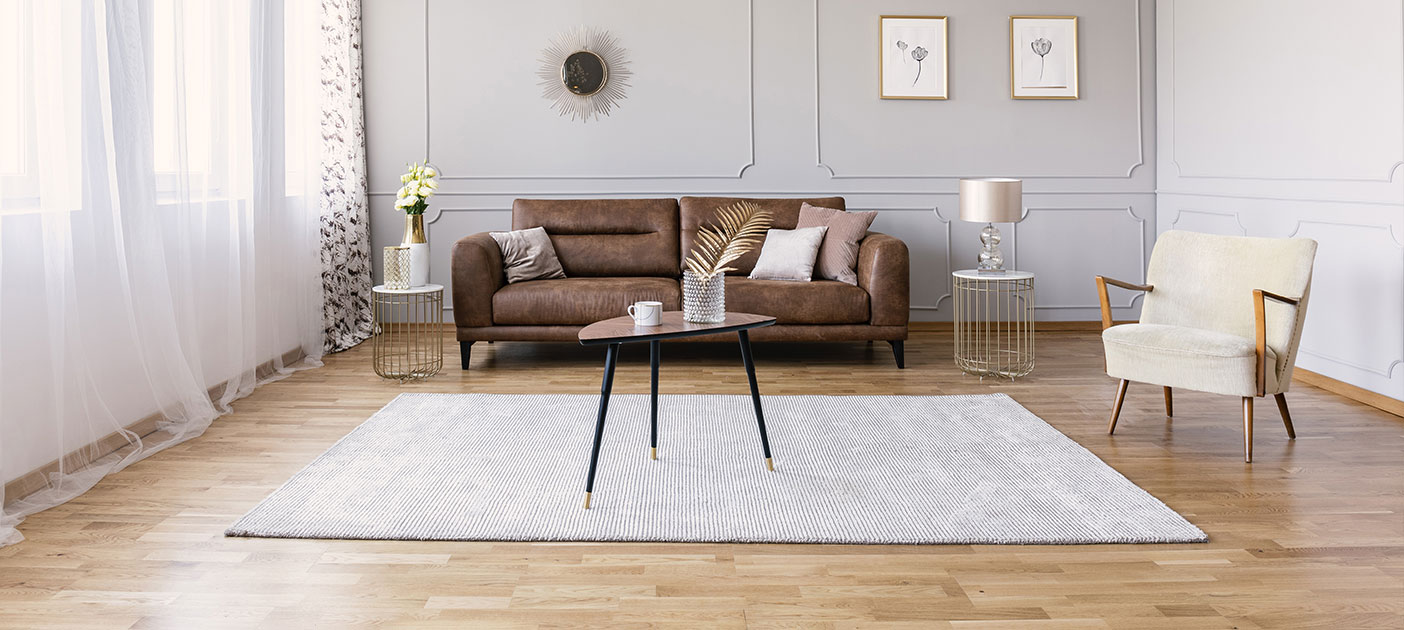

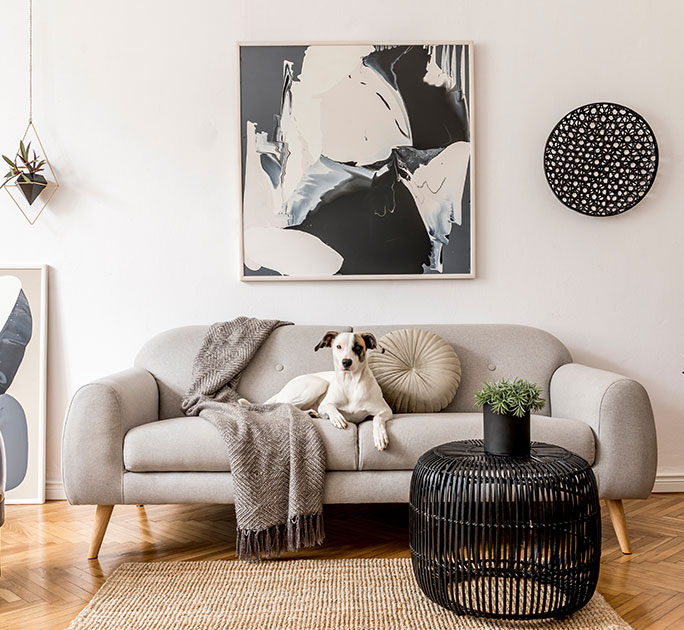
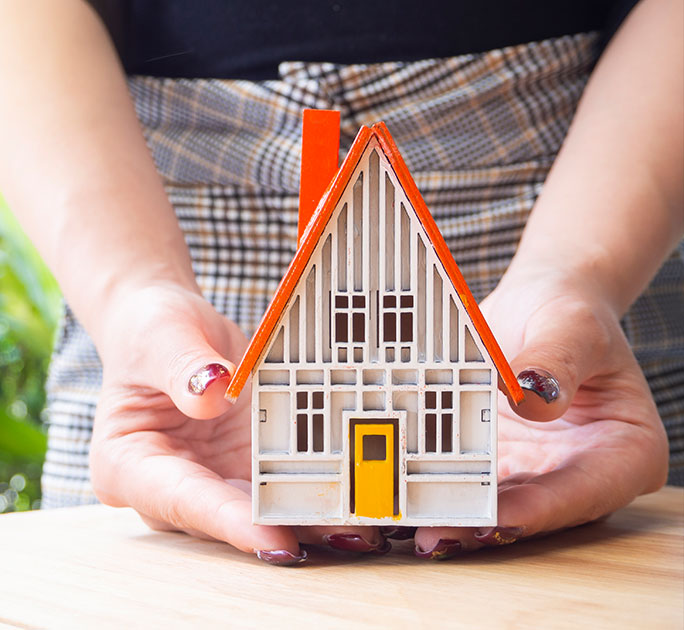



That's great to hear. Anything you'd like to add? (Optional)
We’re sorry to hear that. How can we do better? (Optional)